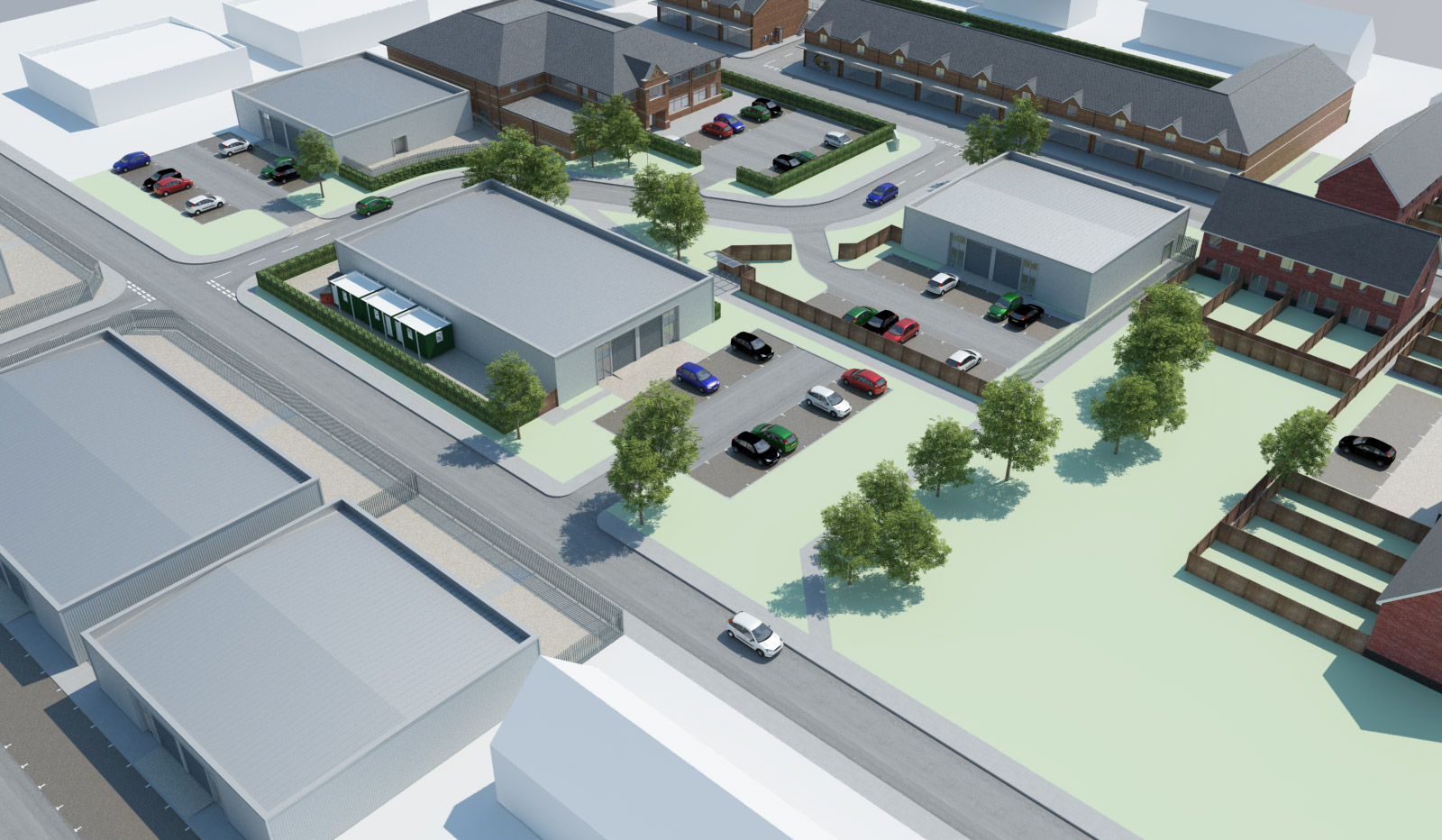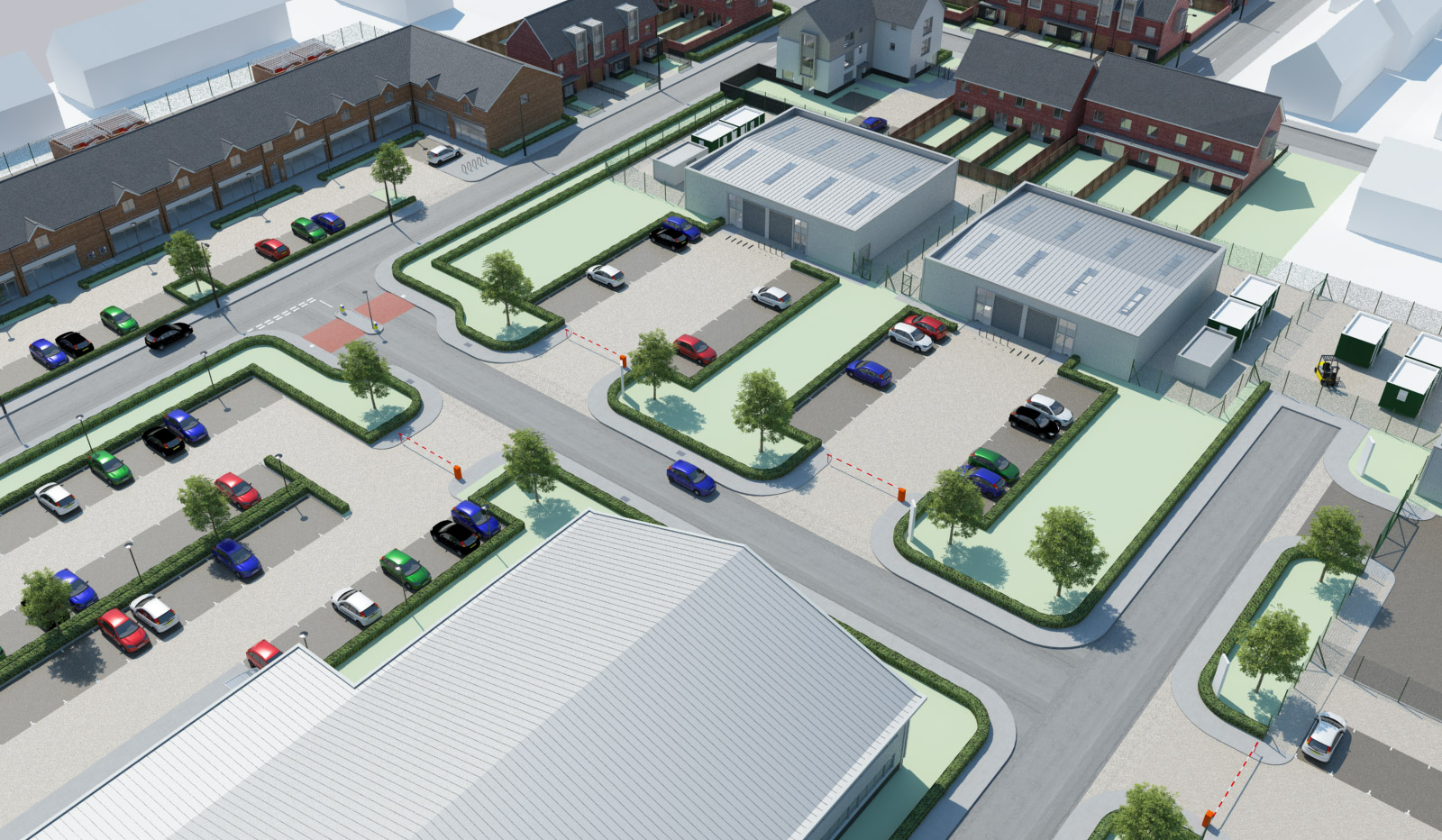





Secure boundaries have not been defined. There is easy access, no barriers, with fencing and landscaping not secure enough to deter criminal activity.
Close
No clear definition of public and private space and lacking boundary control. Notional or symbolic barriers are not in place to direct visitors in to appropriate areas for them to go.
Close





To psychologically define ownership of space and distinguish between private and public land using features such as rumble strips, change of road surface (by colour or texture), road markings, and landscaping.
Close
Low fencing, walls, landscaping and other boundary treatments define boundary control intended to help staff manage a site by physically restricting casual intrusion onto the site and channelling visitors to a formal entrance point in the perimeter. Such types of boundaries are generally not high enough or sufficiently resistant to intrusion to be classified as a secure boundary.
Close
Fences, walls and landscaping intended to physically prevent climbing and or penetration into restricted parts of the site. A secure boundary around some parts of the site, or in the case of open fronted buildings, to the rear and side. This is designed to frustrate the intruder intent on breaking in out of hours and or limit the quantity or type of goods that can be stolen.
Close